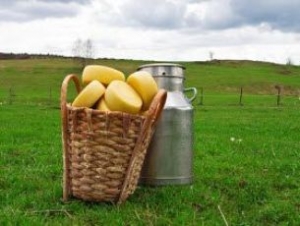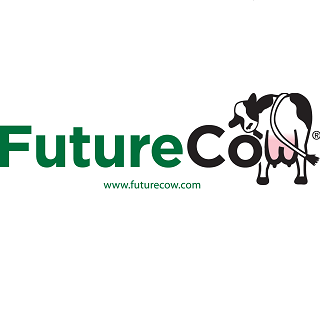Dairy in the World
DairyNZ Committed to Lowering Environmental Impact

“Dairy farming is a major driver in the New Zealand economy improving everyone’s lifestyle in this country. This is both directly and indirectly, and in rural and urban communities,” he says.
“New Zealand’s agricultural output of greenhouse gas is accentuated because we have a relatively small population, and we are not heavily industrialised. In other countries where there are larger populations the greater contribution is from the transport, manufacturing, construction, and the energy sectors,” Dr Mackle says.
“Our agricultural sector is a very efficient producer of high-quality food – food that that feeds many millions, not only in our country, but also around the world.
“We’re the most efficient producer of milk on a greenhouse gas per unit of milk basis. This is because our animals are largely grass fed, unlike animals in many other agricultural countries which are fed grains and other supplements that must be harvested and transported – and their animals are often housed in barns, sometimes year around, not just over the harsh winter months.”
Dr Mackle says modern, science-based farming is the solution to finding systems that have a lower environmental imprint.
“DairyNZ is working closely with the Ministry for the Environment, Ministry for Primary Industries, AgResearch and dairy companies on a holistic, integrated approach to address climate change, the protection of waterways and animal welfare.”
He says the future of dairy farming in New Zealand will certainly see a lower environmental footprint. One option being fewer animals on-farm, but cows that have increased productivity – and that this requires continuing research and development.
“Through the genetic improvement of dairy animals, today’s cows are already more productive than in the past, and year-on-year there are gains. Exciting work is also being done to lower greenhouse gas emissions from animals, and on grasses that also assist in achieving further reductions.”
Dr Mackle says dairy farmers are also playing their part.
“They are putting their backs – and bank accounts – into significant environmental protection work on their farms, and their efforts are already showing results.
“Our dairy farmers are truly embracing environmental practices on their farms, having spent more than $1 billion doing this over the past five years. The bulk of this expenditure – around $750 million – has been spent on on-farm effluent management systems of the type used by urban communities,” he says.
“Farmers have constructed thousands of kilometres of fencing, and bridges where animals cross creeks with the result that dairy cows on more than 96 per cent of farms no longer have access to waterways. They have also planted native sedges, flaxes, shrubs and trees along streams to ensure optimum levels of bacteria, nutrients and sediment are filtered.”
Dr Mackle says the dairy sector fully acknowledges there is considerable work to do to safeguard the environment while maintaining the economic benefits of dairying and other agricultural sectors.
“Equally, we acknowledge the collective challenge we all face in managing nutrient and contaminant loads on waterways. Land and water planning is underway across the country and DairyNZ, together with farmers, is working with regulators to accurately identify the issues and arrive at solutions that achieve results.”
He says as stewards of their land dairy farmers are well along the journey that will see them handover their farms to the next generations in a healthier environmental state.
TheCattleSite News Desk






















